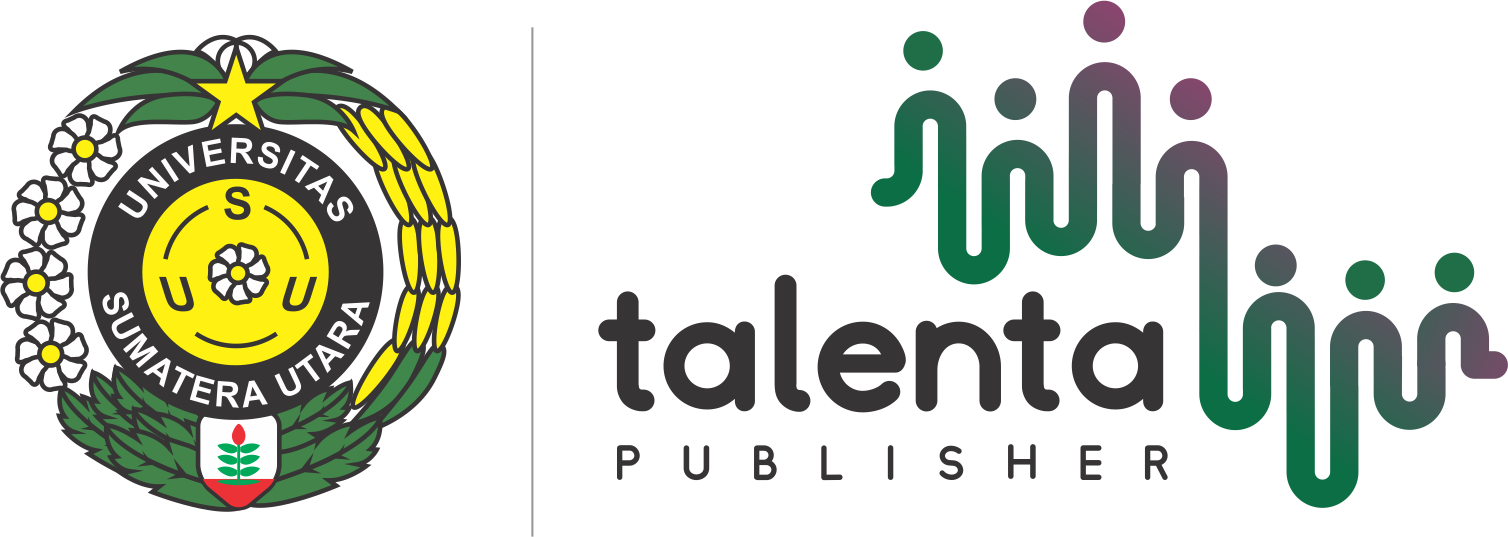Teenage Taboo Jargons among High Schoolers and Undergraduates
DOI:
https://doi.org/10.32734/lingpoet.v3i2.8885Keywords:
Taboo, Teenager, Jargon, FavouriteAbstract
The dynamic of language can be seen from the constant emergence of new vocabulary, which mainly spread among teenagers. Swearing, cursing, and other taboo words are daily among teenagers. Compared to the previous generation, like those born in the 90s, the prominent use of taboo words is now more evident. This study investigated how the benefits of swear terms among high schoolers differ from undergraduate students. Data were collected through direct online interviews via Zoom call. Each participant was asked about the frequently used swear words and their reasons. The data were presented in the qualitative descriptive method. The result showed that high school students use swear words relating to sexuality, animal terms abuse, sexist terms abuse, intellect-based terms abuse, insult, and slur, while college students used the same categories of swear words, except sexist terms abuse. Accordingly, high school students used swear words to show they were mature enough, such as self-expression, humor, social bonding among friends, and a new normal in teenagers’ lives. Meanwhile, college students used swear words as humor, self-expression, and pain relief.
Downloads
References
Allan, K., &Burridge, K. (2006). Forbidden Words: Taboo and the Censoring of Language. New York: Cambridge University Press.
Amrullah, L. (2016). English Swear Words by Indonesian Learners. JELTL (Journal of English Language Teaching and Linguistics), 1(1): 1-12.
Burton, N. (2020). Hell Yes, 7 Best Reasons to Swear. Retrieved from: https://www.psychologytoday.com/us/blog/hide-and-seek/201205/hell-yes-the-7-best-reasons-swearing
Mulac, A. (1976). Effects of obscene language upon three dimensions of listener attitude. Communication Monographs, 43(4).
Nicolau, S. (2016). Swear words among young learners: A case study of the elementary students. Indonesian Journal of English Language Teaching. Vol. 11 No.2.
Posciety (2019). ApaArtinyaJancok?.Retrieved from: https://www.posciety.com/apa-artinya-jancok/
Stenstrom, A.B. (1995). Taboos in teenage talk. In G. Melchers and B. Warren (eds.). Studies in Anglistics (pp. 71-79). Stockholm: Almqvist and Wiksell International.
Stephens, R., & Robertson, O. (2020). Swearing as a Response to Pain: Assessing Hypoalgesic Effects of Novel "Swear" Words. Frontiers in psychology, 11, 723. https://doi.org/10.3389/fpsyg.2020.00723
Wardhaugh, R. (2010). An introduction to Sociolinguistic. Oxford: Blackwell Publishing.
World Atlas (n.d.). What Languages are Spoken in Indonesia? Retrieved from:
https://www.worldatlas.com/articles/what-languages-are-spoken-in-indonesia.html

Downloads
Published
How to Cite
Issue
Section
License
Copyright (c) 2022 LingPoet: Journal of Linguistics and Literary Research

This work is licensed under a Creative Commons Attribution-ShareAlike 4.0 International License.












